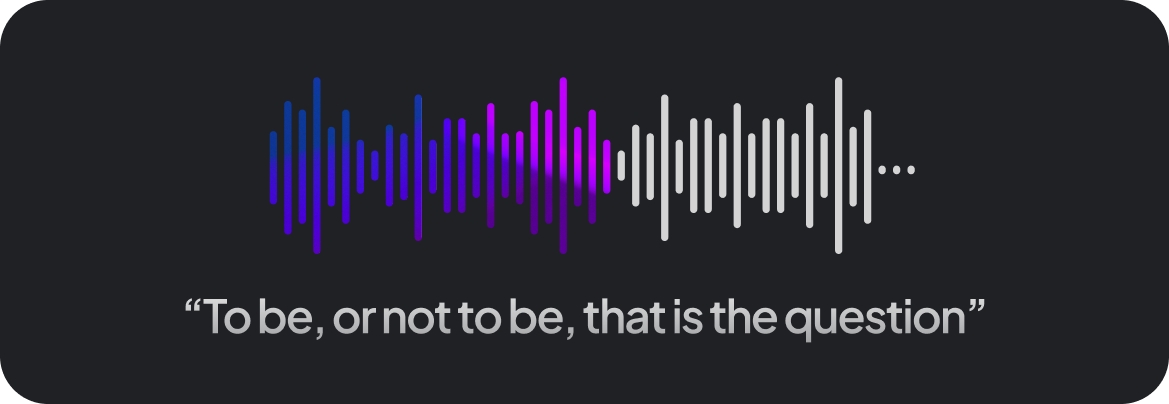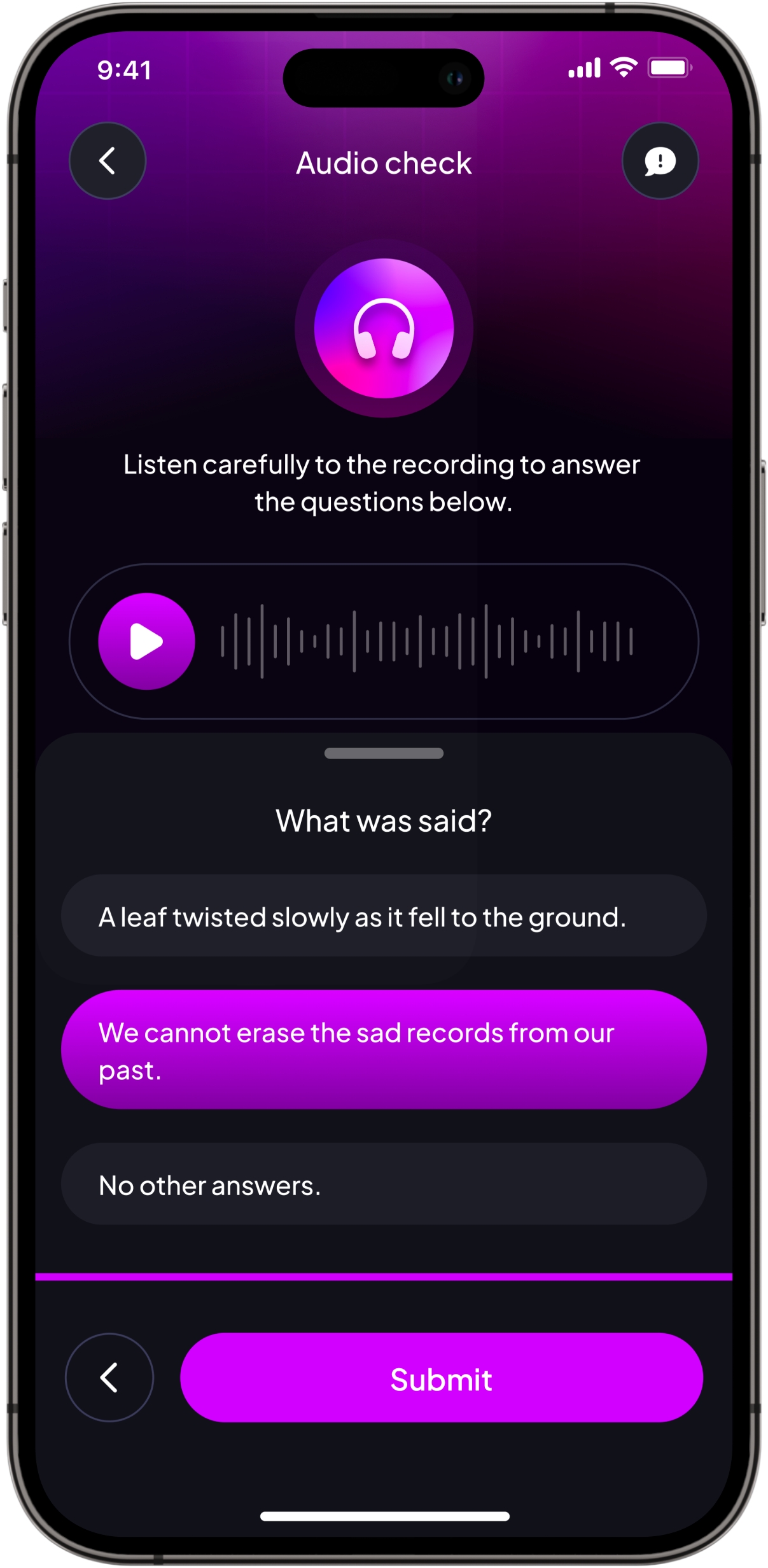➡️Audio Datasets
Providing Scripted Audio Recordings
Scripted audio recordings are datasets of audio samples that can be used to train and test speech recognition models. These recordings help machine learning models learn how to recognize different accents and dialects, as well as how to identify different words and phrases. They can also be used to create datasets specific to certain domains, such as medical speech or customer service conversations.
The main method for making scripted audio recordings for machine learning is to create a script and then record it. This script should include information about the intended audience, the content that needs to be recorded, and any relevant audio cues.

These data are particularly difficult to obtain because they need to be extremely varied. Indeed, for a voice assistant to recognize any type of voice, it must be trained with recordings from men and women of all ages, sometimes with background noise, in different ways of speaking (whispering, shouting, etc.), with specific vocabulary, and more. Thanks to the ease of use of Ta-da, anyone can record their voice and participate in creating diverse datasets, which is essential for creating good datasets.
Ta-da has already proven its value in the realm of scripted audio recordings by successfully delivering high-quality datasets to numerous clients, including industry leaders like Sensory and Vivoka. This success is supported by signing multiple clients who need precise and reliable audio data for their AI applications. Our platform excels in providing accurately scripted audio recordings, ensuring that the datasets meet the high standards required for effective AI and machine learning model training.

Providing Spontaneous Audio Recordings
Spontaneous audio recordings are datasets of unscripted audio samples that capture natural speech in real-world situations. These recordings are essential for training and testing speech recognition models to understand and process conversational speech, including natural pauses, hesitations, and variations in tone and speed. They are particularly useful for developing models that can handle everyday speech patterns, such as informal language, slang, and spontaneous interactions.
The primary method for creating spontaneous audio recordings involves capturing conversations in natural settings without predefined scripts. These recordings can include a wide range of scenarios, such as casual conversations, interviews, and impromptu speeches. This approach ensures that the collected data reflects the authentic way people speak, providing valuable insights for machine learning models.
These datasets are challenging to compile due to their need for diversity and authenticity. To create robust speech recognition systems, it is crucial to have recordings from speakers of different genders, ages, and backgrounds, in various acoustic environments, and with different speaking styles, such as casual, formal, and emotional. The flexibility and user-friendliness of Ta-da enable individuals to contribute their spontaneous speech effortlessly, generating rich and varied datasets that are critical for developing accurate and effective speech recognition models.